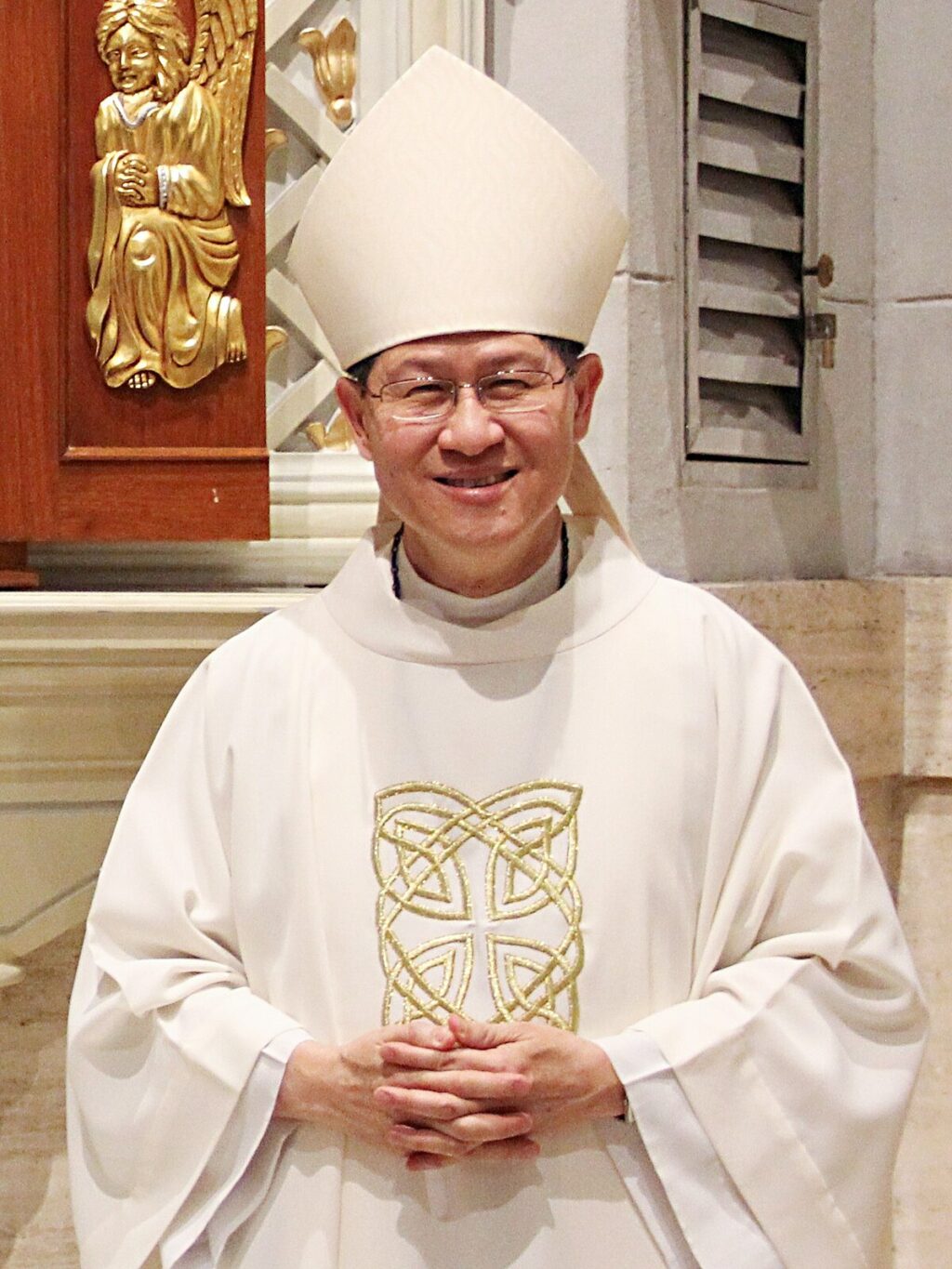
Introduction
Cardinal Luis Antonio Tagle, a prominent figure in the Catholic Church, has been making headlines recently as he continues to play a crucial role within the global Catholic community. Appointed as the Prefect of the Congregation for the Evangelization of Peoples by Pope Francis, Cardinal Tagle’s influence extends beyond his native Philippines to all corners of the world. Understanding his contributions is vital for those interested in modern church leadership and its implications for global Catholicism.
Cardinal Tagle’s Background
Born on June 21, 1957, in Manila, Cardinal Tagle became the 32nd Archbishop of Manila in 2011. His theological background, combined with his commitment to social justice, has made him a beloved figure among the laity and clergy alike. In 2012, he was elevated to the cardinalate, marking a significant step in his ecclesiastical career. Known for his engaging communication style and simplicity, he often emphasizes the importance of dialogue and inclusivity in the Church.
Recent Events and Influence
In recent months, Cardinal Tagle has been actively involved in various initiatives and discussions concerning the Church’s mission in a post-pandemic era. He emphasized the need for the Church to adapt to the rapid changes in society, advocating for a more synodal approach to governance that involves greater participation from the laity. Tagle’s leadership during the COVID-19 pandemic was particularly notable as he encouraged communities to respond to the crisis with compassion and solidarity, often highlighting the Church’s role in serving the vulnerable.
Significance and Future Outlook
Cardinal Tagle’s approach to leadership is particularly relevant in today’s context where many are seeking a more inclusive and compassionate Church. His emphasis on evangelization, rooted in personal encounter and dialogic engagement, offers a vision for a revitalized Church that can connect with the contemporary world. As he continues to guide the mission of the Catholic Church, observers are eager to see how his influence will shape the Church’s efforts in areas such as social outreach, interfaith dialogue, and youth engagement. The stakes are high as the Church grapples with issues like secularism and declining attendance, making Tagle’s role more critical than ever.
Conclusion
As Cardinal Tagle continues to navigate the challenges and opportunities within the Catholic Church, his significance as a leader will likely grow. His deep-seated faith, coupled with a keen understanding of social realities, makes him a pivotal figure in the Church’s evolving narrative. For believers and observers alike, keeping an eye on Cardinal Tagle’s developments will provide insights into not only the future of the Catholic Church but also its role in addressing global challenges.






